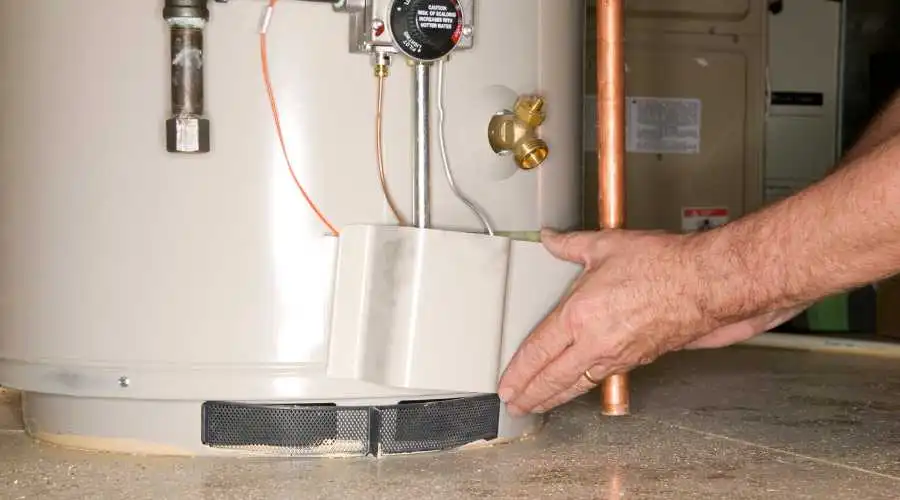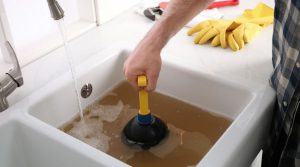The season of fall has arrived. As the days get shorter and the mornings get chillier, more people are turning on their water heaters. Because you will be using your water heater more frequently, our team of experienced plumbers has compiled a list of DIY Water Heater Maintenance Tips. Make sure your water heater is in working order before you get too wrapped up in planning your costume and decorating the house for Halloween.
Draining the Water Heater Tank
This is unnecessary if your home already has a tankless water heater.
But if you have a conventional tank water heater like the rest of us, you should flush it out annually. Lucky for us, this is a task best accomplished in the fall. If you must know, let me explain. Since the average number of hours a water heater is used begins to rise in the fall. People tend to take longer, hotter showers in the fall and winter since the temperature outdoors is more agreeable. The following are some methods you can use to flush out your water heater:
- It’s time to unplug the water heater.
- The water in the tank needs time to cool, so we appreciate your patience.
- The tank’s side drain valve can be reached using a hose.
- One end of the hose can be placed in a large container like a bucket or a sink.
- Start by opening a few of the hot water taps in your house.
- The tank can be emptied by opening the release valve, which is conveniently located close to where the hose was attached in step 4.
Disconnect the hose, close the release valve, turn off each faucet, and then turn on the water heater by opening the cold water valve once the tank has finished draining.
Turn Down the Heat
If you find this to be ridiculous at first, we ask that you kindly bear with us. In the fall, you may want to turn down the temperature on your water heater by around 10 degrees. In the fall and winter, when more people use hot water, you can significantly reduce your energy expenditures by lowering the temperature.
Furthermore, the average person cannot detect a temperature difference of even ten degrees in water. Keeping the temperature above 120 degrees and below 140 degrees is all that’s really needed to be kept in mind while changing your water heater. If you don’t, you risk becoming sick from the water or burning your skin.
Look Into the TPR Valve (Test and Pressure Relief Valve)
The Test and Pressure Relief Valve (TPR Valve) was designed to release excess pressure from your water heater in the case of an explosion. It’s accepted that water heaters pose a risk of explosions. Find the TPR valve (it’s usually towards the tank’s base) and activate it. The water flow must be loud and visible in the linked discharge line. If you don’t hear or feel water running through the discharge pipe, you must immediately switch off the power to the water heater and give us a call.
Need Expert Assistance? Get In Touch!
Something will go wrong at some point, even if you’ve been diligent about performing your own Fall water heater maintenance. If you’re having trouble with your water heater or need some help taking care of yourself, don’t feel bad about getting in touch with CBJ Plumbing right away. We can repair or replace your water heater if it breaks down.






